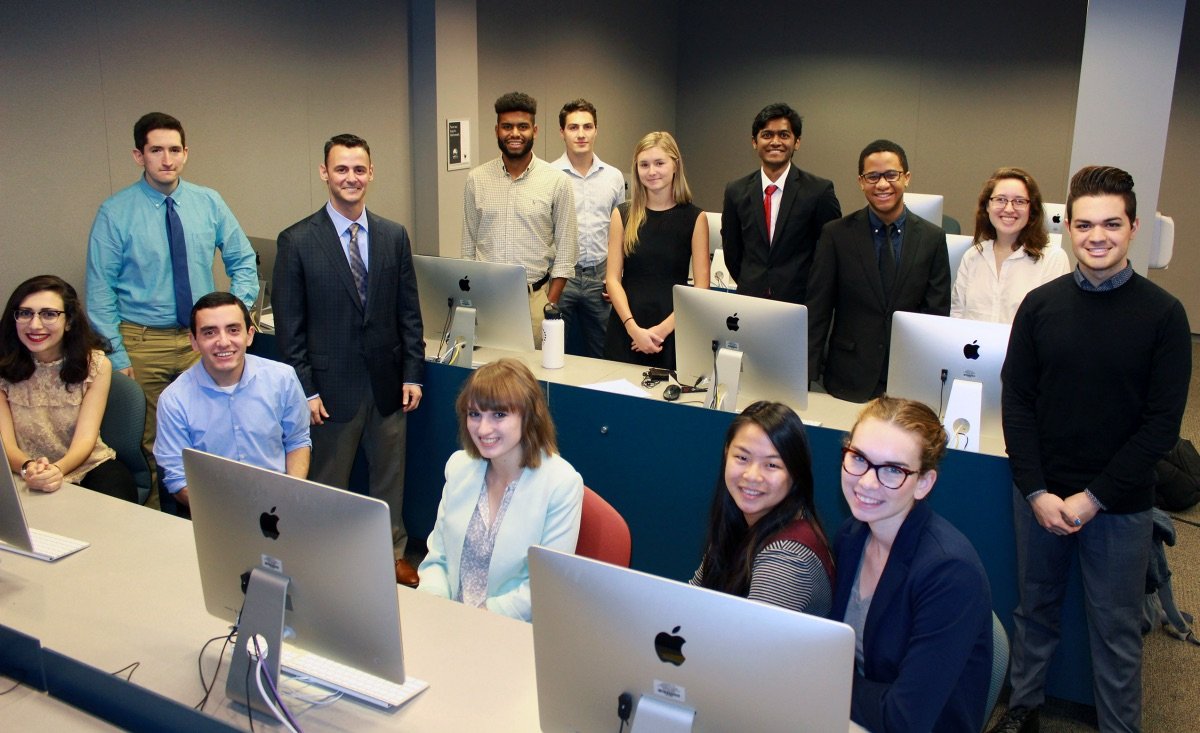Emerson College Polling on National List of "Pollsters to Trust"

Poll analysis and politics website FiveThirtyEight has ranked Emerson College Polling as the second-most accurate pollster out of 19 conducting frequent campaign polls since the November 8, 2016, election.
Out of 396 pollsters for which the website looked at historical data, Emerson ranked 40th in accuracy and methodology, up from 119th (out of 372) in 2016 and 153rd (out of 337) in 2014. Emerson has been conducting polls since 2012, whereas many organizations have decades of data.
“We’re moving in the right direction,” said Spencer Kimball, assistant professor of Communication Studies and advisor of Emerson College Polling said.
Emerson uses “e-polling,” a method that uses automated telephone and online polling.
Traditional polling uses live telephone data collection – someone actually calls respondents and asks them the questions – and that’s long been considered the gold standard in the field. However, live polling costs roughly five times what automated polling does, Kimball said.
Emerson is demonstrating to campaigns and issue advocacy groups that e-polling, if done well, can achieve impressive levels of accuracy at a fraction of the cost.
“It’s definitely what we would describe as disruptive innovation in polling,” he said.
The online component was added after looking at Emerson College’s polling in 2016; Kimball said while the results were “very good,” they felt that because they were only calling landlines, the 18- to 34-year-old demographic was being underrepresented.
Whatever the methodology, the art of polling is in how you interpret the data once you collect it, Kimball said. You weigh the results depending on who you think is actually going to turn up at the polls: older voters, younger people, people of color, etc.
“Figuring out what the turnout is going to look like is like 90 percent of the battle,” he said.
Of the 19 prolific pollsters since November 2016 that FiveThirtyEight ranked, the top three were all higher education institutions – Emerson was ranked just below Monmouth University and just ahead of Siena College. Out of the top 10, four, including Marist College, were higher ed.
Kimball said many pollsters may only work for Democrats or Republicans, so while they may be doing their best to be neutral, inherit biases may be at work.
“In an academic setting, there should be no bias, so it’s a better home for this type of polling,” Kimball said.
This isn’t the first time Emerson College Polling has gained notice for its accuracy. In 2016, Bloomberg News noted that the College predicted the winners of 16 races in eight states 94 percent of the time. And in the 2016 Iowa caucuses – notoriously difficult events to poll – Emerson was the only pollster to show a late break for Texas Sen. Ted Cruz over future president Donald Trump, which got the attention of FiveThirtyEight.
Close to 30 students in two polling classes at Emerson conducted the polls this year, and they’re still at it this summer, with Cole Mootz ‘19 at the helm. Sayge Willis ‘19 will be president in the fall, Kimball said.
“We’ve got a good group of students coming back,” he said.
Categories